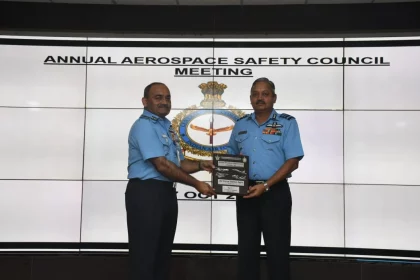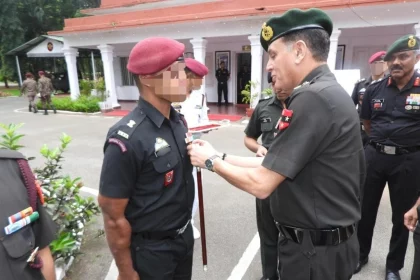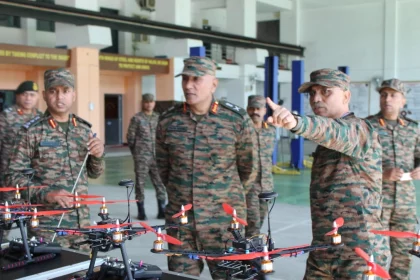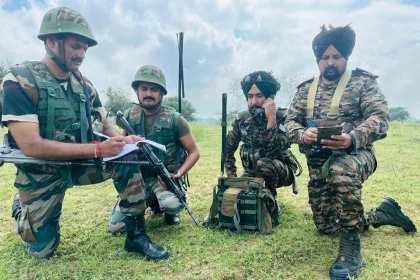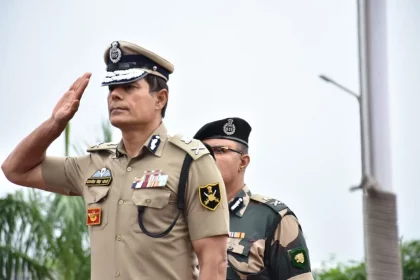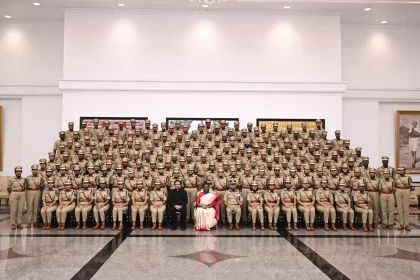Central Air Command Hosts Annual Aerospace Safety Seminar 2025 at Agra
Seminar underscores human cognition and mindfulness as key enablers of aerospace safety across Central Air Command.
Lt Gen Dhiraj Seth Reviews Training and Infrastructure at Parachute Regiment Training Centre, Bengaluru
Army Commander Southern Command commends Parachute Regiment for excellence in training and urges continued operational readiness.
Lt Gen Pratik Sharma Reviews Operational Preparedness of Dah Division, Emphasises Mission-Oriented Training
Army Commander Northern Command underscores combat readiness and technology-driven training during Dah Division review.
Shapta Shakti Command Accelerates Drone-Warfare Readiness with Indigenous C-UAS Solutions
Shapta Shakti builds layered, indigenous C-UAS posture through intensive exercises and industry collaboration to meet future drone-threat challenges.
BSF Director General Daljit Singh Chaudhary to Retire on November 30, 2025
BSF DG Daljit Singh Chaudhary, a 1990-batch IPS officer known for his leadership and gallantry, will retire on November 30,…
President Droupadi Murmu Interacts with IPS Probationers of 77 RR Batch at Rashtrapati Bhavan
President Droupadi Murmu urged IPS probationers of the 77 RR batch to uphold integrity and lead a future-ready police force…

